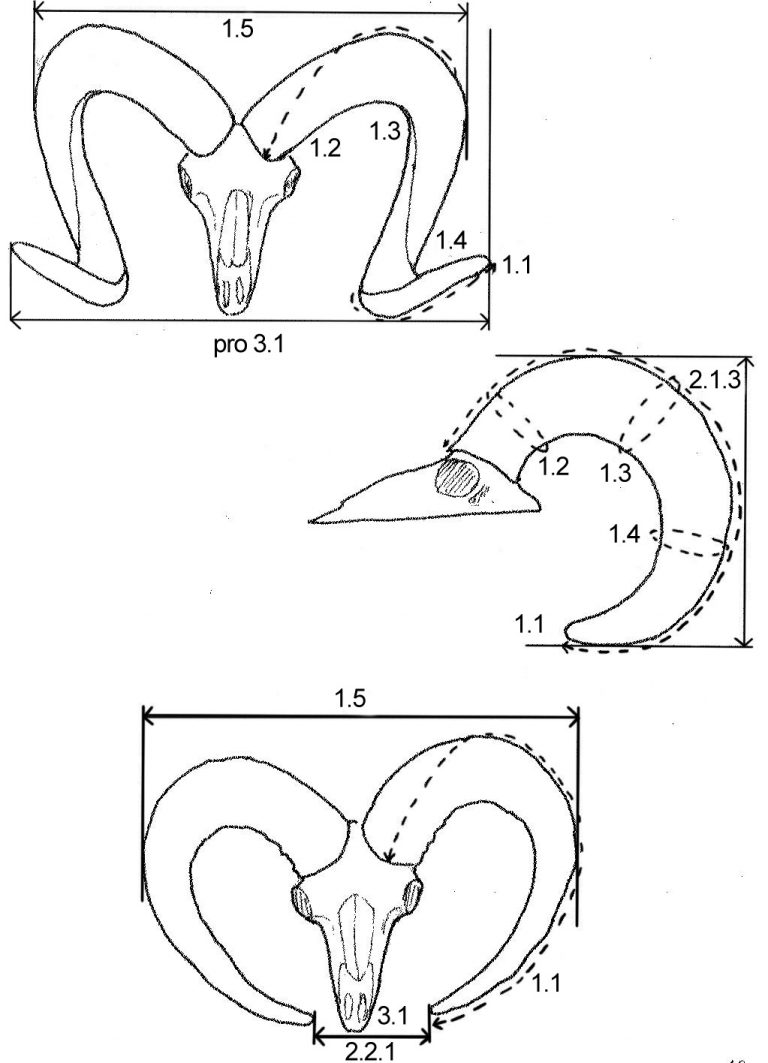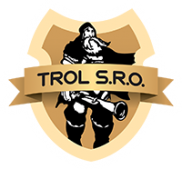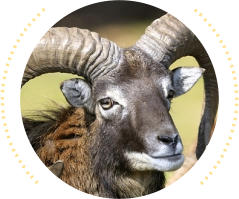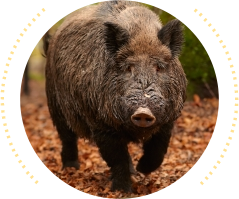ANIMALS
MOUFLON
- Evaluated sign
- Length of the horns
- Circumference of horn at 1st quarter
- Circumference of horn at 2nd quarter
- Circumference of horn at 3rd quarter
- Width of the Horns
- Other characteristics
- Additional fees
- The color of the horn
- Growth of rings on Horns
- Winding of Growth of Horns
- Deductions
- Concrescence of horns
- Asymmetry and structural defects of the horn
- Additional fees
- C index
- If there is a difference Circumference of Stem – between the size and span of less than 0.7,
horns are regarded as abnormal in they are not assessed.
- If there is a difference Circumference of Stem – between the size and span of less than 0.7,

SPOTTED FALLOW DEER
- Length of the antlers
- Length of the brow tine
- Length of the palm
- Width of the palm
- Circumference of the pedicle
- Circumference of the beam – between the brow tine and royal antler in the thinnest spot
- Circumference of the beam – between the royal antler and the palm in the thinnest spot
- The estimated dry weight of antlers
- Surcharges for: color, form, maturity, shape in regularity
- Precipitation points: the lack of size, defects of palm (carp, triangular, jagged palm, defects of palm edges, irregularity in deformation.
WILD BOAR
- Length of Lower Tusk
- Width of Lower Tusk
- Circumference of Upper tusk
- Lower Tusk max. 2 points for the color, uniform in curvature of the upper and outer surface of upper tusk, size of grinded tusk, tip shape, circular curvature
- Upper Tusks max. 3 points for: dark brown to black in color on grinded part of tusk, curvature of tusks
- 0-10 points: grind of Upper Tusk, the asymmetry of upper tusks and lower tusks, and immeasurability between upper and lower tusks.













